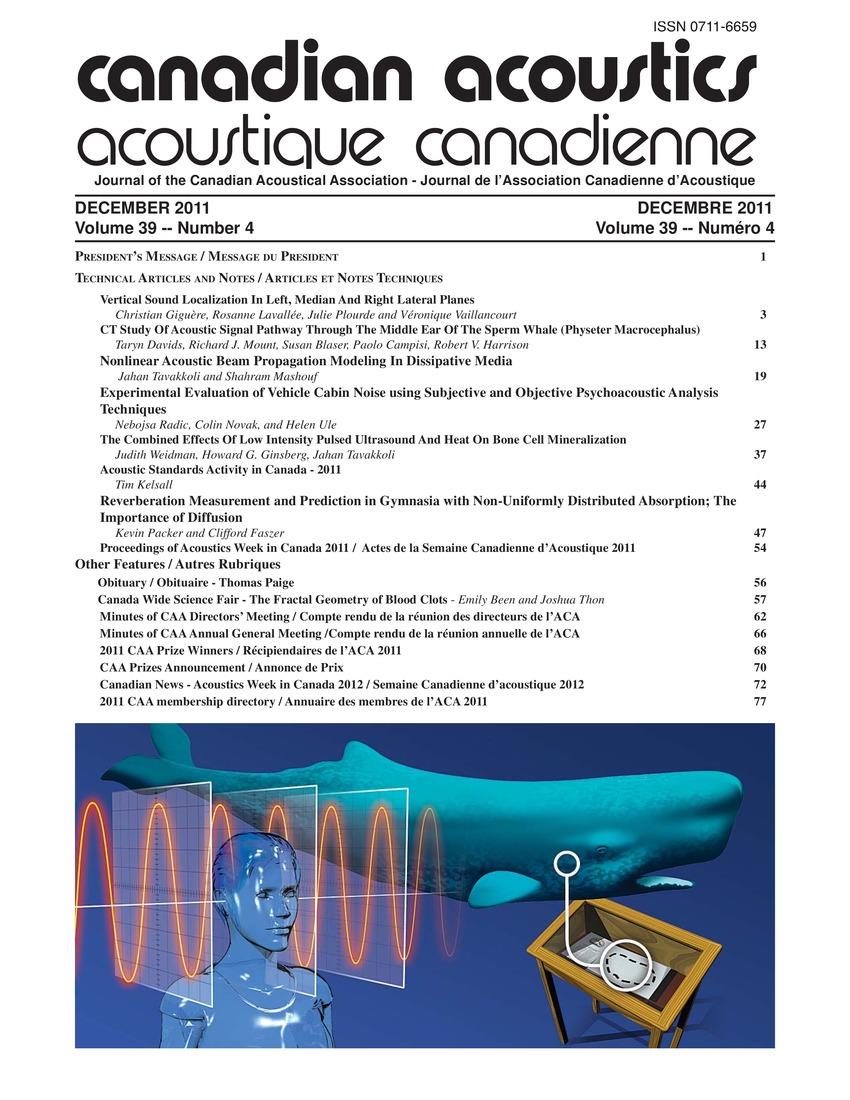The combined effects of low intensity pulsed ultrasound and heat on bone cell mineralization
Keywords:
Animal cell culture, Bone, Fracture, Heat treatment, Mineralogy, Phosphatases, Ultrasonics, Additive effects, Alizarin Red, ALkaline phosphatase, Alkaline phosphatase activity, Bone cells, Bone fracture, Bone healing, Clinical study, Combined effect, Control groups, In-vitro, In-vivo, Lipus device, Low level, Low-intensity pulsed ultrasound, MC3T3-E1, Memphis, Statistical differences, Treatment groupAbstract
Low Intensity Pulsed UltraSound (LIPUS) has been shown to improve bone fracture healing in in vivo animal and human clinical studies. In vitro, this improvement has been shown through improved mineralization in bone cells. Low level heat of bone fractures has also been shown to improve healing. Moreover, low level heat has been shown to improve mineralization in bone cell cultures. The research version of a clinical LIPUS device was used in this study (Exogen® Bone Healing System, Smith & Nephew Inc., Memphis, TN). This study examines the concurrent effects of LIPUS and heat on MC3T3-E1 bone cells. The bone cells were split into four treatment groups: LIPUS, heat, LIPUS + heat, and control. The LIPUS treatment was delivered with the intensity of I SATA=30 mW/cm2 at the frequency of f=1.5 MHz for 40 minutes each day over 15 days. The heat treatment was applied at 40°C for 40 minutes each day over 15 days. The LIPUS + heat group received the treatments concurrently. Outside of heat treatment the cells were kept at 37 °C. The groups were tested for calcium mineralization using alizarin red staining and alkaline phosphatase activity in an alkaline phosphatase assay kit. All treatment groups showed statistically significantly improved mineralization when compared to the control cell cultures. Although die LIPUS and LIPUS + heat groups each showed almost a 4 fold increase in mineralization over the control, there was no statistical difference in mineralization between these two groups. Alkaline phosphatase activity was higher in both the LIPUS and the Control groups. Early results suggest that the concurrent effects of LIPUS and heat on MC3T3-E1 bone cells have no additive effect on mineralization.Additional Files
Published
How to Cite
Issue
Section
License
Author Licensing Addendum
This Licensing Addendum ("Addendum") is entered into between the undersigned Author(s) and Canadian Acoustics journal published by the Canadian Acoustical Association (hereinafter referred to as the "Publisher"). The Author(s) and the Publisher agree as follows:
-
Retained Rights: The Author(s) retain(s) the following rights:
- The right to reproduce, distribute, and publicly display the Work on the Author's personal website or the website of the Author's institution.
- The right to use the Work in the Author's teaching activities and presentations.
- The right to include the Work in a compilation for the Author's personal use, not for sale.
-
Grant of License: The Author(s) grant(s) to the Publisher a worldwide exclusive license to publish, reproduce, distribute, and display the Work in Canadian Acoustics and any other formats and media deemed appropriate by the Publisher.
-
Attribution: The Publisher agrees to include proper attribution to the Author(s) in all publications and reproductions of the Work.
-
No Conflict: This Addendum is intended to be in harmony with, and not in conflict with, the terms and conditions of the original agreement entered into between the Author(s) and the Publisher.
-
Copyright Clause: Copyright on articles is held by the Author(s). The corresponding Author has the right to grant on behalf of all Authors and does grant on behalf of all Authors, a worldwide exclusive license to the Publisher and its licensees in perpetuity, in all forms, formats, and media (whether known now or created in the future), including but not limited to the rights to publish, reproduce, distribute, display, store, translate, create adaptations, reprints, include within collections, and create summaries, extracts, and/or abstracts of the Contribution.


